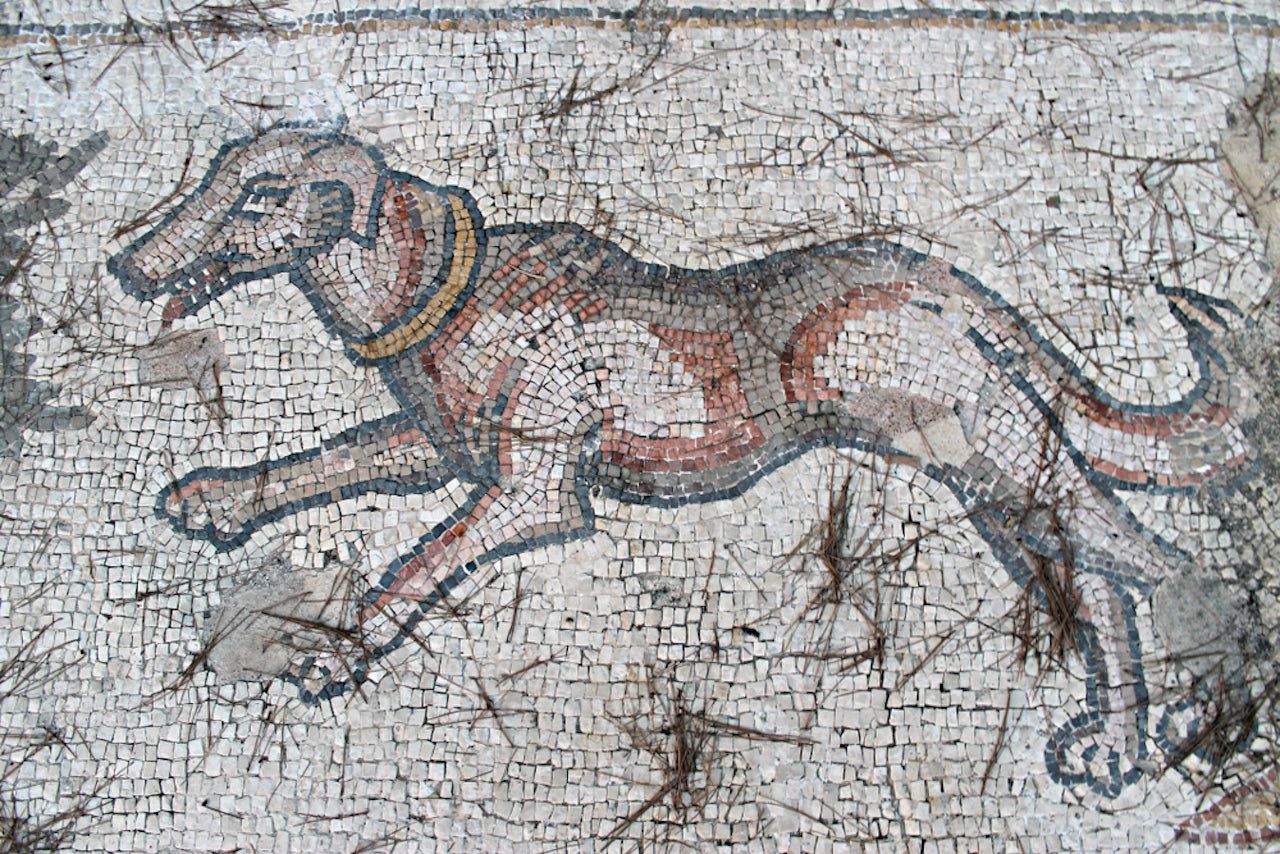The Enduring Bond: A History of the Relationship Between Dogs and Humans
Unravel the millennia-old bond between humans and dogs, an enduring tale of mutual respect, love, and shared evolution. Discover how this unique friendship shaped our respective journeys through history.

Dogs and humans have shared an unbroken bond for thousands of years, a relationship cemented in mutual respect, love, and necessity. This fascinating history is not just a tale of friendship and companionship but a story that illuminates how both species have shaped each other's evolution.
From Wolves to Dogs
The tale of dogs and humans began roughly between 20,000 to 40,000 years ago when our hunter-gatherer ancestors encountered the gray wolf. Scientists believe the domestication process was initiated by the wolves themselves. Some of them had less fear of humans and were drawn to their encampments for food scraps. Over generations, these wolves evolved into a different species - Canis lupus familiaris, our domestic dogs. The evolution from wolf to dog marked the first known instance of a wild animal being domesticated by humans.
The Utility Era
In these early days, dogs served primarily utilitarian purposes. They acted as living alarm systems, warning humans of potential danger from predators or enemy tribes. They helped in hunting, tracking down prey, and later retrieving it. Dogs were also used for transportation, pulling sleds in snowy regions. This era marked the beginning of a symbiotic relationship between the two species, with each contributing to the other's survival and prosperity.
The Birth of Breeds
As human societies became more complex, so did their relationship with dogs. When humans transitioned from a nomadic lifestyle to settled agriculture around 10,000 years ago, dogs' roles started to diversify. Breeds began to emerge, selectively developed to enhance characteristics that were beneficial for specific tasks. Herding dogs like Collies were bred to manage livestock, while Terriers were developed for pest control.
The Companionship Era
As civilizations advanced, so did the role of dogs. In ancient Egypt, dogs were considered sacred and were often depicted in artwork. Roman and Greek civilizations also revered dogs, with many nobles keeping them as companions. This era marked the transition of dogs from working animals to pets.
By the Middle Ages and Renaissance, dogs had firmly established their place as man's best friend. They were popular amongst the nobility, not just for hunting or protection, but also as status symbols and companions. This period saw the development of many breeds we know today, including the Italian Greyhound and the St. Bernard.
The Victorian Era: Dog Shows and Standards
The Victorian era (1837–1901) was a golden age for dog breeding. The first formal dog shows were organized, prompting a boom in selective breeding. The emphasis shifted from working abilities to physical appearance and adherence to breed standards. This period also saw the establishment of kennel clubs, which maintained breed registries and standards.
The 20th Century: Dogs in War and Work
During both World Wars, dogs played critical roles as messengers, sentries, and search-and-rescue workers. Post-war, they continued to work in new roles like guide dogs for the visually impaired, a practice that began in the 1920s in Germany. Dogs were also increasingly kept for companionship, reflecting the changing dynamics of human society.
The 21st Century: Emotional Support and Therapy Dogs
In the 21st century, dogs have come to play significant roles in mental health, acting as emotional support and therapy animals. Scientific research has shown that interaction with dogs can lower blood pressure, reduce stress, and improve mental well-being. Today, therapy dogs are used in a wide range of settings, from hospitals to schools, to provide comfort and relief.
Present Day and Beyond
Today, dogs are valued members of our families. We celebrate their individual personalities, treasure their loyalty, and appreciate their companionship. As we move forward, the bond between humans and dogs will continue to evolve, guided by advancements in veterinary science, a deeper understanding of canine behavior, and a shared history that spans thousands of years.
The history of the dog-human relationship is a testament to our shared journey. From wolves circling prehistoric campfires to modern-day therapy dogs, dogs have walked alongside us, shaping our history as we have shaped theirs. This enduring bond, a tale of friendship, utility, and mutual evolution, continues to strengthen, reminding us why dogs have rightfully earned the title of 'man's best friend.'


